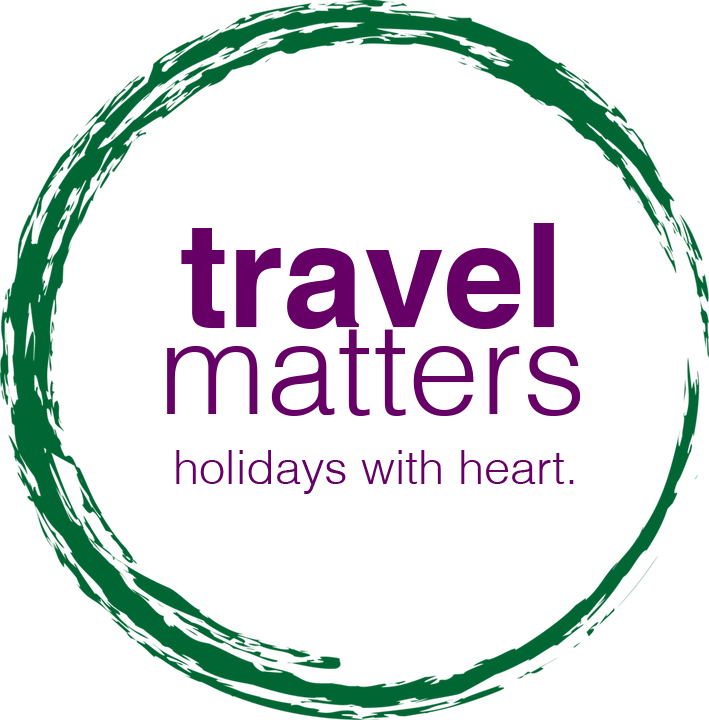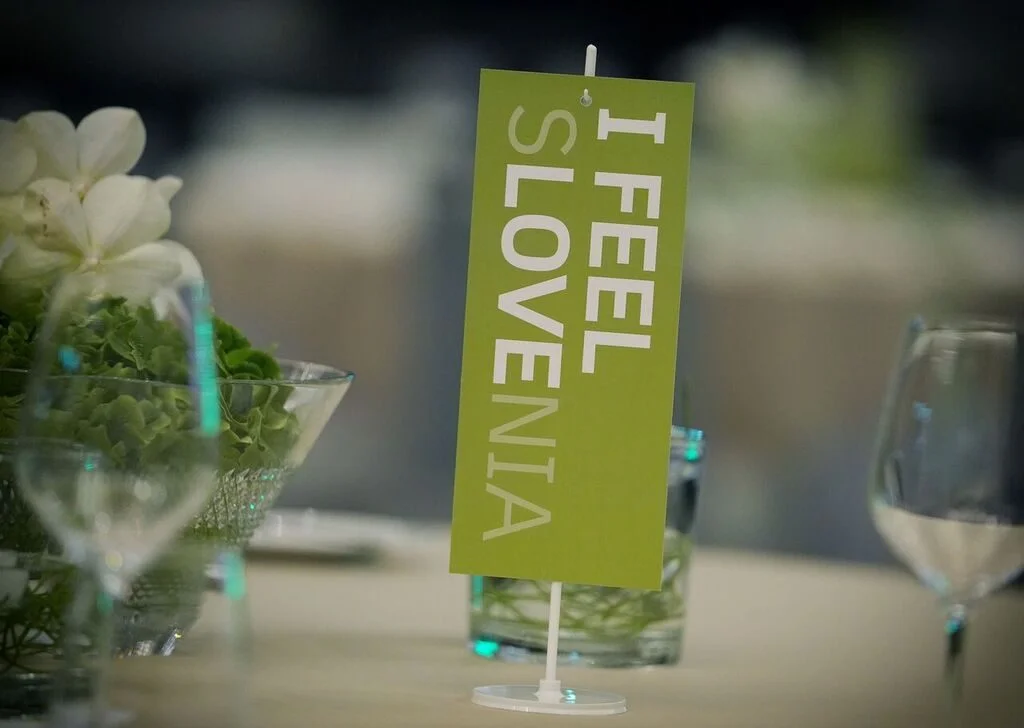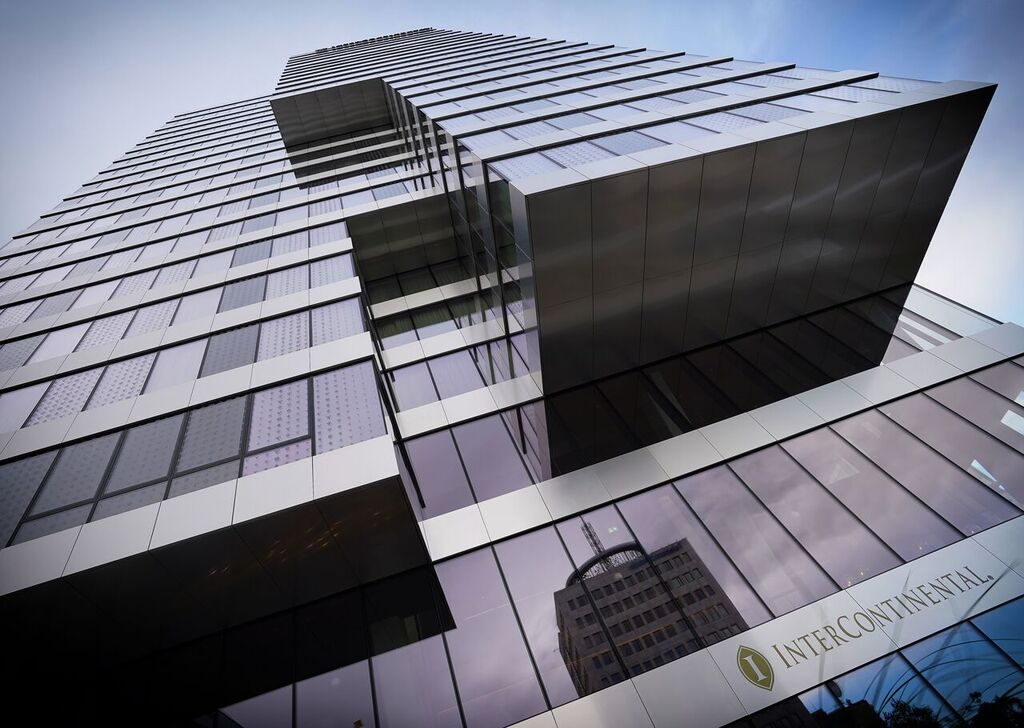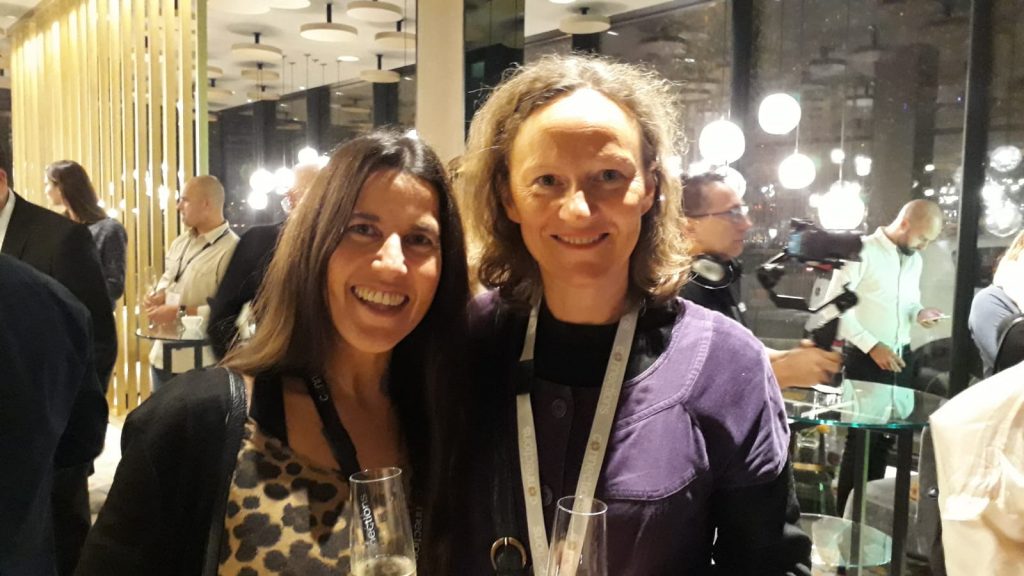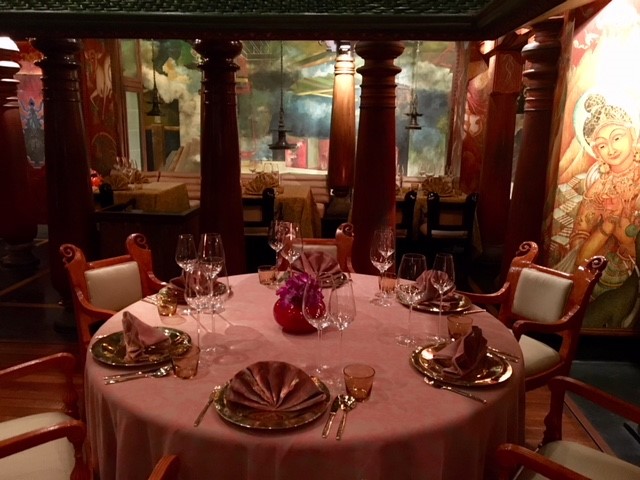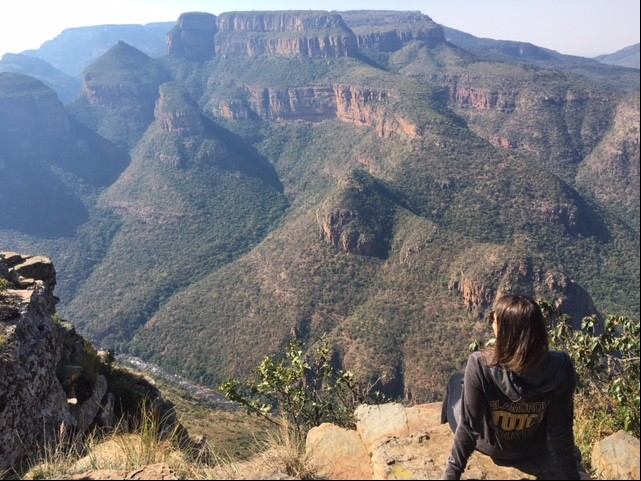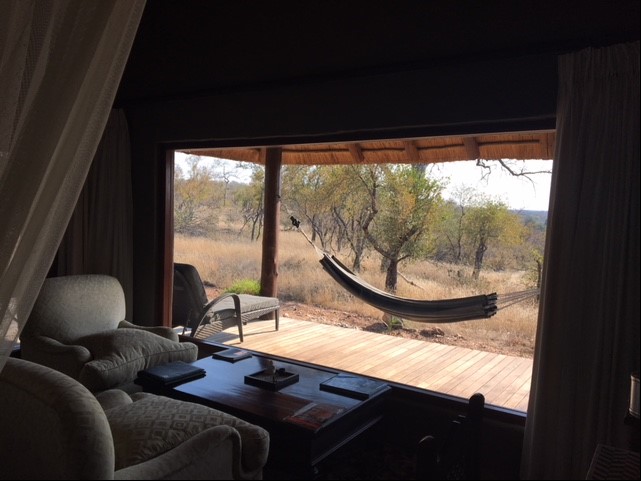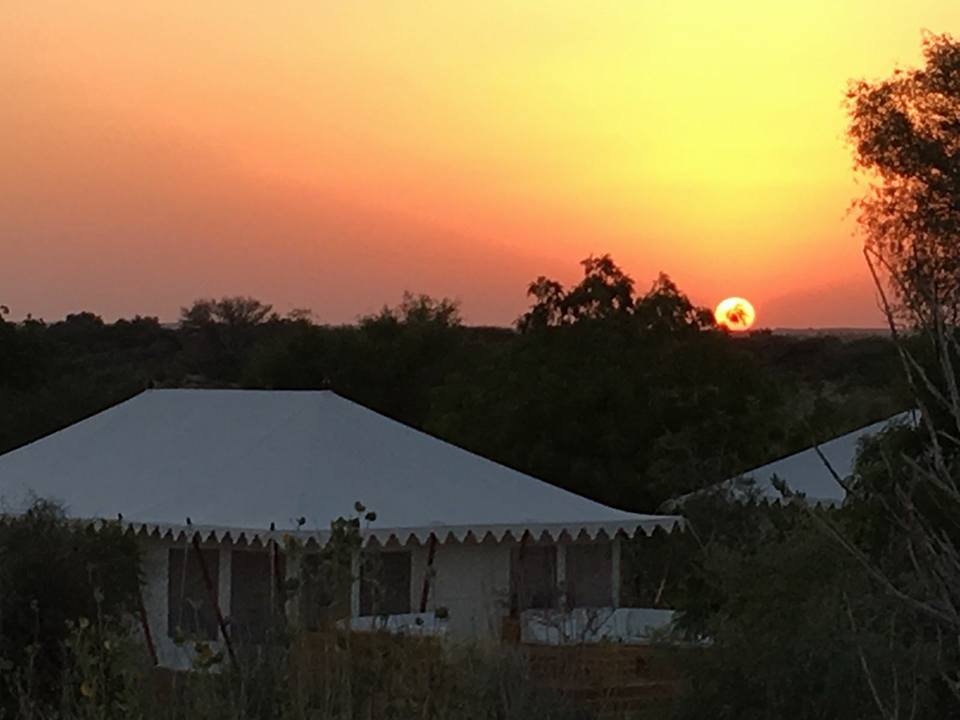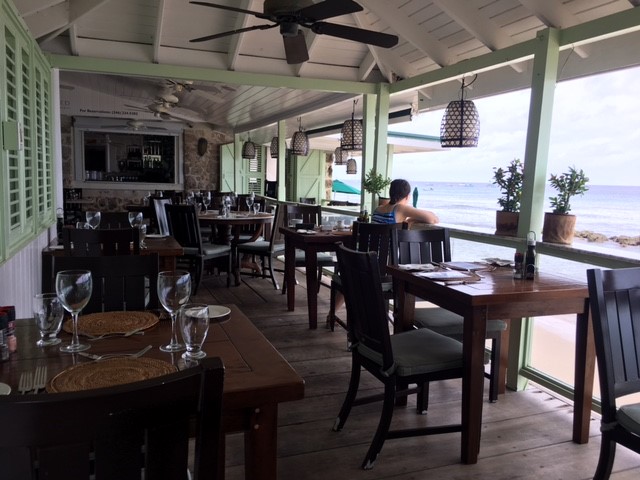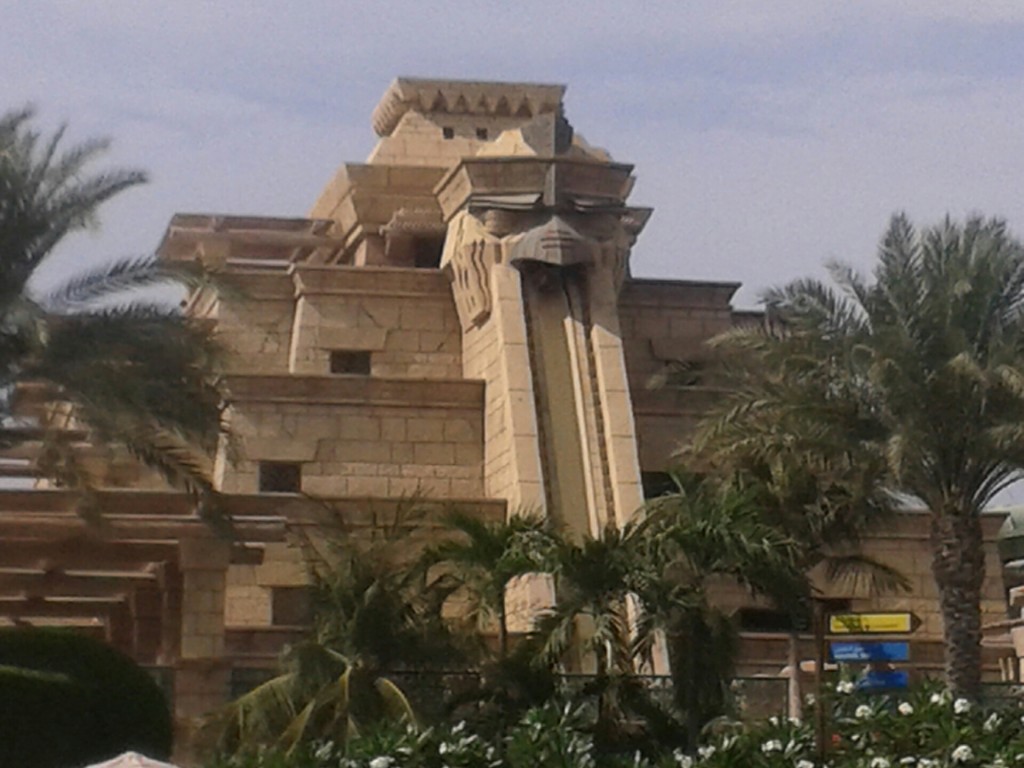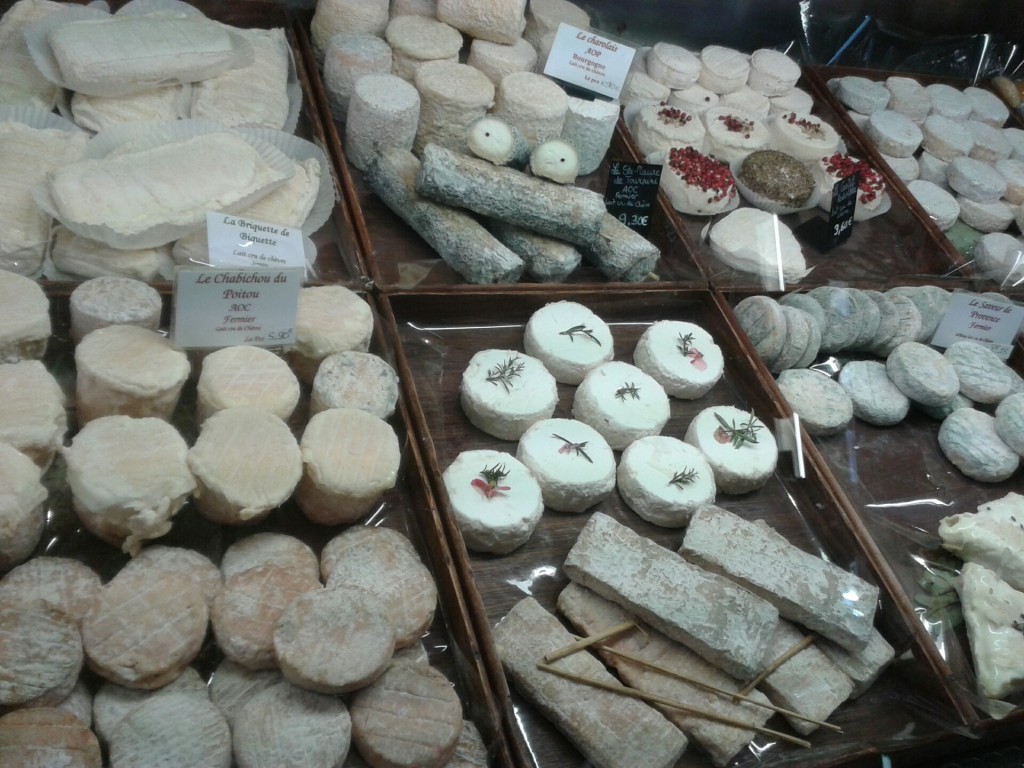A guest blog written for Travel Matters by Derek Moore, a founder of The Derek Moore Foundation
A few thoughts to take on board as you think about taking an exciting adventure holiday:
Firstly, if you have any sense at all you will do as much research into who you book the holiday with as you will do on the potential destination. Adventure travel is exciting and addictive, but things can and do sometimes go wrong and you want to know that your holiday operator will look after you if things go wrong. Also, a reputable travel organiser will give you honest advice, rather than try to talk you into a trip that might not be exactly what you want. Pretty obviously, of course, this is where Travel Matters comes in!
Villagers in Nepal building water-pipe to bring water to the village
When checking out the trip you have chosen, take the time to ensure that the activities you will experience sound as though they are authentic. On some trips the authenticity is staged. (I remember well an evening at a hotel in Greece where we were served an excellent evening meal by waiters casually dressed in jeans and tee-shirts, prior to an evening of Authentic Greek folk dancing. But where were the dancers? As soon as they had cleared away our plates all the waiter suddenly disappeared behind a screen, to emerge five minutes later in traditional Greek clothes, to perform to a tape recorder some traditional Greek dances with obligatory plate smashing). Make sure your itinerary doesn’t include staged authenticity.
When you are on your trip, let’s say it’s a trekking trip through a mountainous region, be sure to look around you, really look, behind the wonderful views and the bustling markets. Are the people amongst whom you are walking, seemingly struggling, behind their smiles, to live a reasonable life, or do the houses, when you look carefully at them, suggest that the village is pretty much on the poverty line? If they do, make a mental note for when you get home.
And when you are back home, reflect on what you have seen and ask yourself, have I just taken part in a one-way, or a t wo-way, experience?
Well Project in Posoli, Nicaragua
All too often, visitors – particularly if visiting a remote region where life is clearly difficult – take part in a one-way experience, a one-way transaction. They visit a village, buy up food in the markets, take pictures of local people and then favour them with a smile before strolling on, and stay with families or in a small hotel, where they use up fuel for heating and water for washing without thinking where any of it came from. They take. Then they depart. They take, but they don’t think about giving something in exchange, about giving something back. Some travellers don’t even think about this need for a two-way transaction.
But some do. I remember one trekker saying, on getting back to the comforts of home, “Oh I had a fabulous time! It was all so fascinating! But oh – those poor people, they were so generous to us but really, they had nothing. If only there was a way to give something back to them!”
Tree-planting in St James school in Kenya
Well, there is a way to give something back. The Derek Moore Foundation – set up by the one-time owner of adventure company Explore, who saw the need to be able to give something back - funds community Projects in small communities around the world. The sort of small communities that many travellers have passed through and have wanted to help. Projects such as supplying solar lighting to villages in Nepal, providing medical equipment to mid-wives working in the mountains of Guatemala, or supporting an agricultural Project in Costa Rica. These are just three of the 20 projects that the Foundation is currently supporting.
And the Foundation needs your help – without funds it cannot give something back. The Foundation Projects are all small, the type of projects that bigger charities over-look or feel are too small to be bothered with. So donating, say the cost of an evening meal, can make quite a difference to these projects, which, as the Foundation says, are helping to change lives.
And that’s what we mean by ‘giving something back’.
